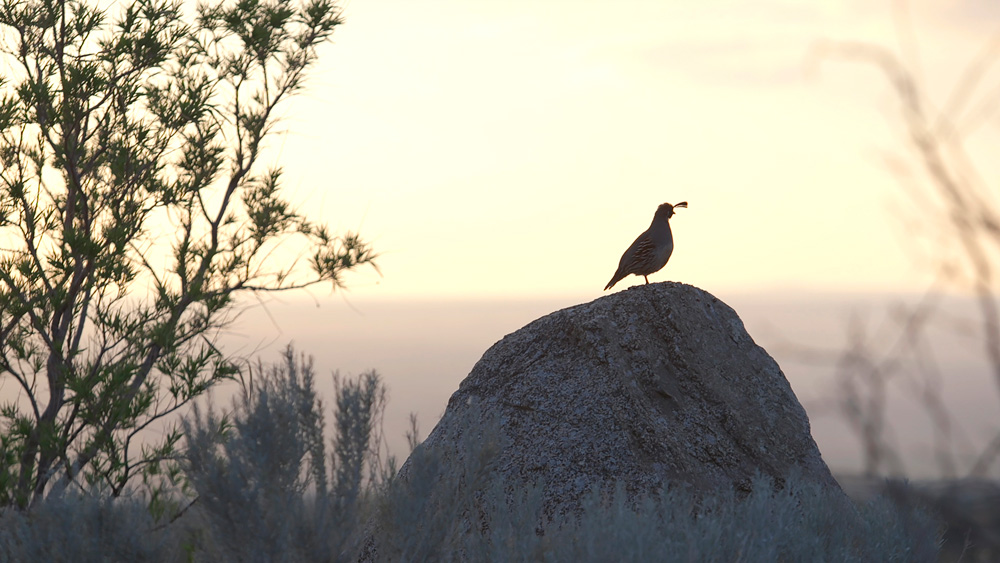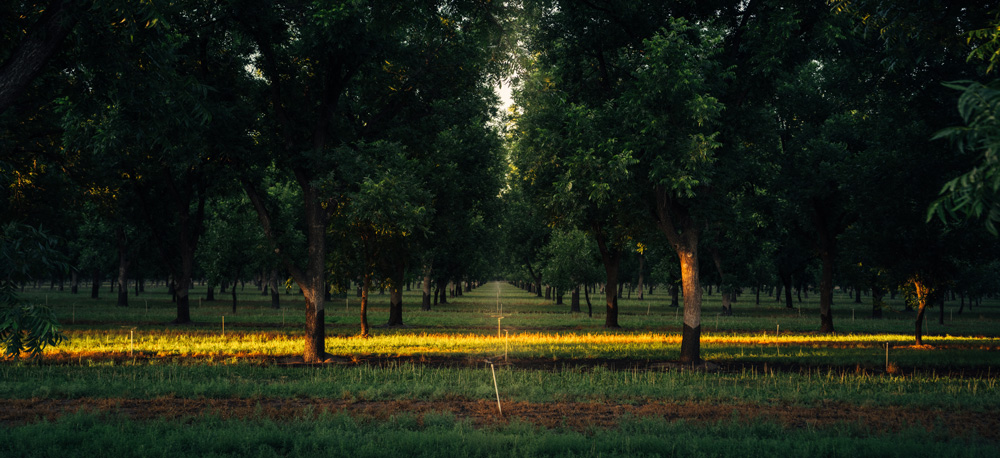Tumble Dry on High: A Primer on ‘Aridification’ in New Mexico
May / 2024

It’s 7:30am, and you just realized you forgot to move that load of damp laundry from the washing machine to the dryer. With just an hour to spare before it’s time to head to work, you throw handfuls of soggy clothes into the tumbler and set the heat to high.
After all, it’s scarcely a secret that intense heat is the trick to fast-drying laundry.
Sure enough, when the machine dings 50 minutes later, you pull out a warm, dry shirt, slip it on and scoot out the door. Little do you know, you’ve demonstrated one of the processes at play in New Mexico’s changing climate.
What is Aridification?
Over the past 40 years, average temperatures in New Mexico have ticked up by 2.7 degrees Fahrenheit, and scientists project another 5- to 7-degree increase by 2070. This change in our climate means our state’s surface water, soil and plants, just like those shirts, will lose more water to the atmosphere – and that, in turn, will mean less water will flow into rivers or recharge our groundwater supplies.
In other words, as New Mexico’s climate heats up, there will be less and less water to go around.
In the long term, this cycle of higher temperatures and increased evapotranspiration (that is, evaporation of water from the soil combined with transpiration of water from plants) leads to aridification, the process by which an already arid region becomes even more arid.
It’s a transformation that promises to impact every aspect of life in New Mexico.

Repercussions: Water And Beyond
It’s no secret that New Mexico is already an arid state. We get our water in the form of rain and snow, and then most of it – 96.6 percent – returns to the atmosphere. That leaves a mere 3.4 percent (on average 3.2 million acre-feet of water each year) to replenish rivers, streams, reservoirs and groundwater reserves.
So, small changes to New Mexico’s average annual temperature have a huge impact on water availability: If warmer days cause an increase in evapotranspiration of just one percentage point, our incoming annual water supply will decrease by nearly one-third.
And, in fact, that’s exactly what some researchers predict. Studies project a decrease in surface-water flows of between 20 and 40 percent over the next 50 years.
Aside from dwindling water resources, what else will happen as New Mexico becomes more arid? Here are a few impacts researchers expect, provided precipitation continues to follow existing historical patterns:
- Drier soil and lower stream flows will lead to lower agricultural production.
- Some species of plants will struggle to survive in more arid soil.
- Dry fuel (i.e. thirsty vegetation) will mean more frequent, more intense wildfires.
- Rising temperatures, coupled with a lack of vegetation, will prompt some animals to relocate to cooler climates.
- Erosion will accelerate, increasing air pollution and stream sedimentation, and compromising freshwater habitats.
Planning Beyond the Drought
It’s easy to blame the Southwest’s decades-spanning mega-drought for our water-scarcity issues, but experts say aridification is a longer-term threat. Precipitation levels are bound to change year to year, they say, but aridification is only heading in one direction: up.
So without a way to entice the clouds to open their spigots, we’re left to find innovative means to collectively conserve what we have – to use less now in order to protect our future, and to plan ahead.
The New Mexico legislature passed the Water Security Planning Act of 2023 to engage residents in doing just that – because unlike laundry, it’ll take more than 50 minutes and the push of a button to solve our water crisis.
If you’d like to get involved in planning and taking action for New Mexico’s water future, visit the Get Involved page.
